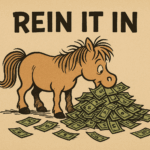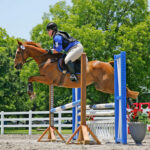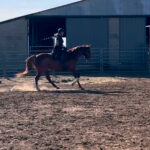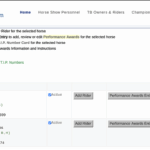-

Rein It In: September 2025
Welcome to my recurring budget series, Rein It In. On the last Friday of the month, I report all horse related expenses with some commentary. Think Money Diaries, but equestrian! Location: Tulsa, OklahomaHorses: 3Discipline: Dressage,…
-

Unlearning Defensive Riding Habits
At some point over the last decade, my jumping style has become increasingly defensive. I wasn’t always this way. As a young person, I rode aggressively and often threw my reins away over fences.…
-

Young Adult
Madigan turned seven this summer, and I am tentatively ready to declare him an adult. Of course, he’s technically been an adult horse for years, but he projected an air of immaturity until fairly…
-

Rein It In: August 2025
Welcome to a recurring series I’m calling Rein It In. On the last Friday of the month, I’ll report all horse related expenses with some commentary. Think Money Diaries, but equestrian! Location: Tulsa, OklahomaHorses:…
-

New OTTB Profile
In case you missed it, The Jockey Club launched a new Equineline report focused on off track Thoroughbreds. Here’s the official press release. I’m a little biased because I worked on this product, but…
Hand Gallop
Welcome to Hand Gallop, where I write about my horses and life on a small farm in Oklahoma.
About
Elsewhere
Copyright 2025 | A WordPress Theme By SuperbThemes